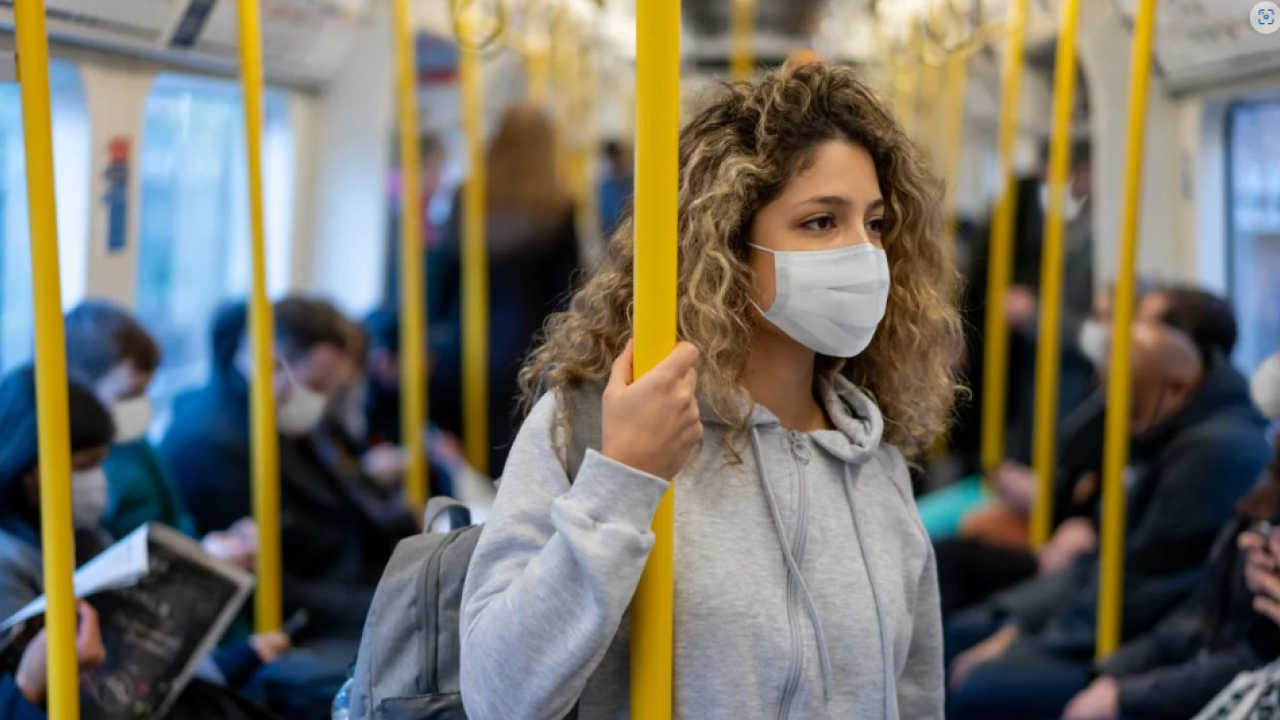
Bringing COVID-19 Data into Focus
Using an approach based on computer vision technology, researchers can work back from COVID-19 mortality data to see how infection rates changed on the day a lockdown or similar measure was introduced. The approach could be generally useful in future epidemics and pandemics.
The work is published July 14 in Science Advances.
Coauthors Leonor Saiz, professor of biomedical engineering at the University of California, Davis, and Jose Vilar, University of the Basque Country, Spain, wanted to see the effects of non-pharmaceutical interventions such as social distancing, lockdowns and masking in the first year of the pandemic. They looked at daily death reports from European countries including the United Kingdom, Italy, Spain, Denmark and Switzerland to infer the daily rate of new cases.
In computing terms, the daily incidence of infection is the input, and the mortality rate is an output. Taking an output and working backwards to figure out the input is what mathematicians call an inverse process. An example of this is in medical image processing, where you may need to improve image quality. Mathematicians and engineers have developed techniques to work back from a blurred image to a clear, sharp original. This is called deconvolution.
Inferring the daily rate of new infections from daily death rates is a difficult problem, Saiz said. Most cases of COVID-19 are not fatal, and when they are, death can typically occur from 10 to 30 days after infection. This means that the output signal is smeared or blurry across time, in the same way that an image seen through cloudy glass could appear blurred or distorted in space.
Deconvolution for epidemiology
Saiz and Vilar developed a deconvolution method for epidemiology. Using a neural network, including the behavior of the virus and the dynamics of infection, the model can work back from death rate data (output) to the daily incidence rate (input).
“We borrowed a concept from vision technology to apply it to epidemiology,” Saiz said.
The researchers benchmarked their model by looking at the effect of non-pharmaceutical interventions (e.g., other than vaccines or drug treatments) in the first year of the pandemic. Because such measures were typically imposed across an entire country on the same day, they wanted to see if their model could identify the day they were introduced.
For example, they were able to see the days lockdowns were imposed and removed in England within a day of their actual date. In Spain, they could observe how infections rose when travel restrictions were lifted and in Italy, the day in October 2020 when face masks were required outdoors.
The approach could be used to assess the effectiveness of steps or combinations of steps such as quarantines and mask mandates in reducing the infection rate.
“We can at least have confidence that lockdowns decreased infection transmission instantaneously,” Saiz said.
The work was supported by grants from the government of Spain.
Media Resources
Read the paper (Science Advances)
Media contacts
- Leonor Saiz, Biomedical Engineering, lsaiz@ucdavis.edu
- Andy Fell, News and Media Relations, 530-304-8888, ahfell@ucdavis.edu
